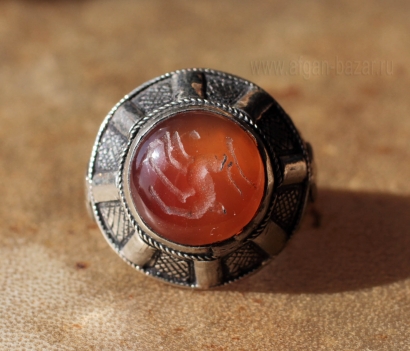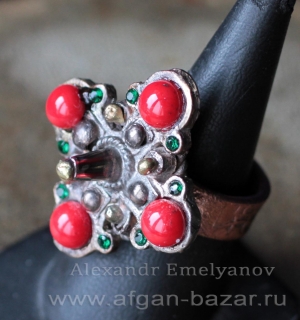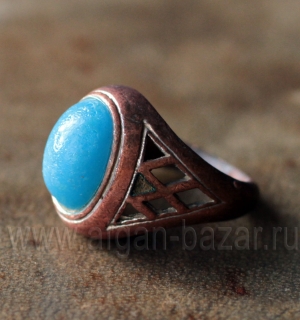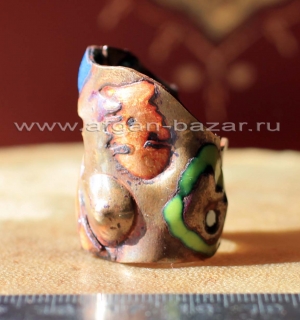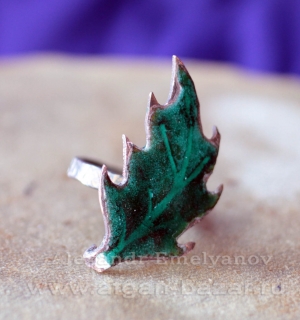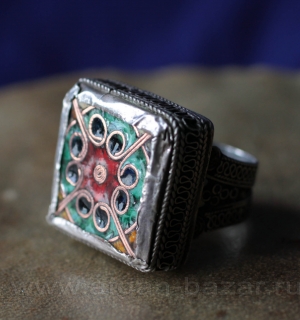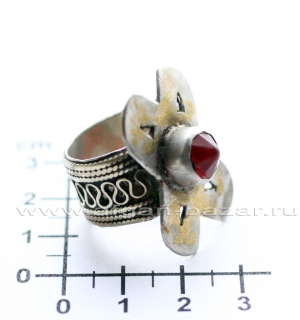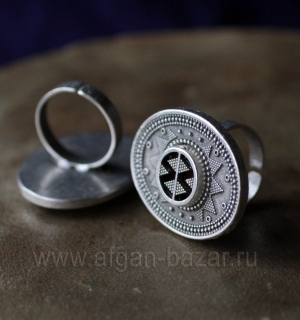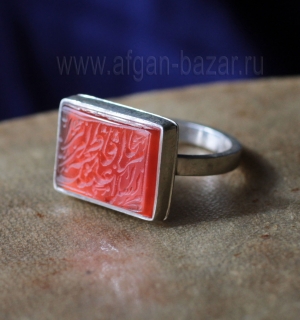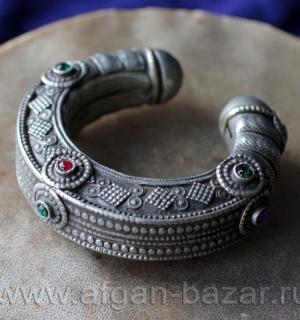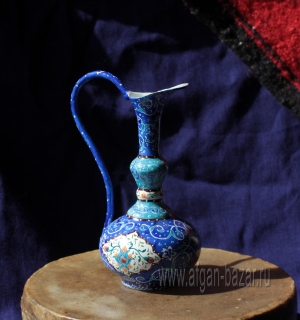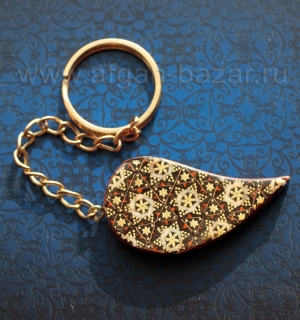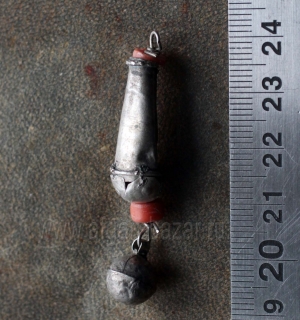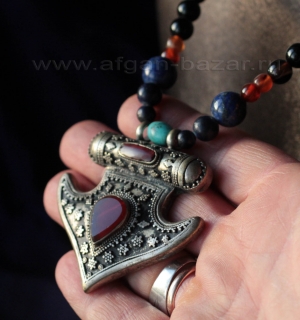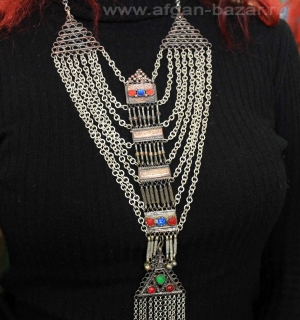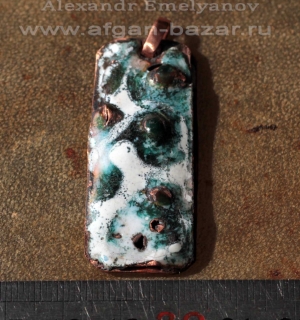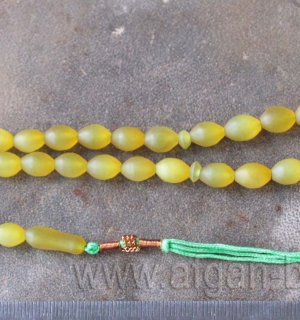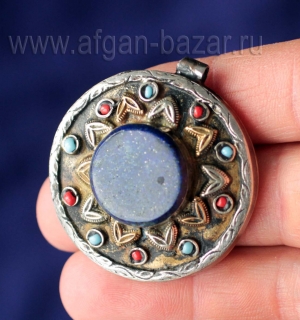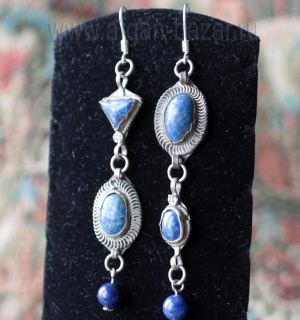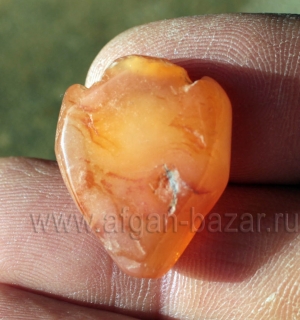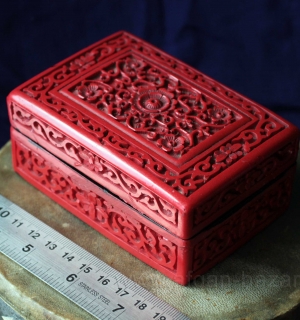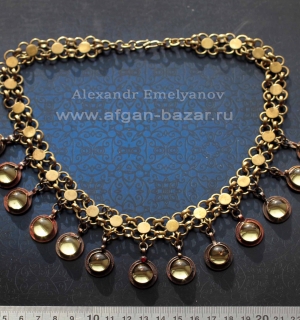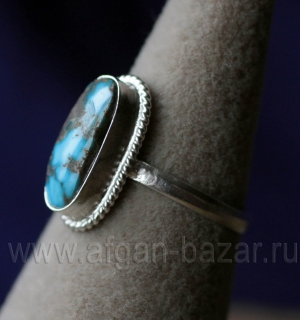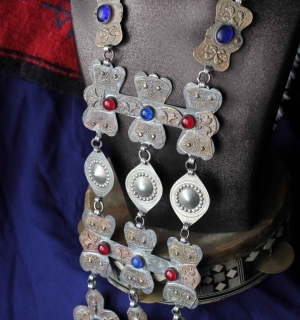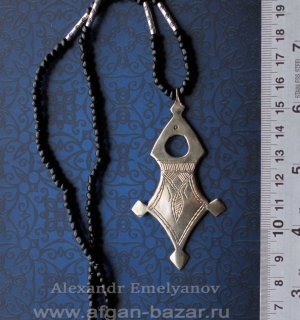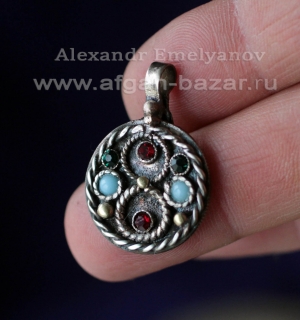Афганский перстень с сердоликом.
Афганистан или Пакистан, современная работа.
Мельхиор, ручная работа, штамп, гравировка
Вставка - сердолик с гравировкой, изображением газели.
Диаметр купола в нижней части - 28 мм.
Ширина перстня с внешней части - 30 мм.
Высота от пальца - 13 мм.
Диаметр вставки - 18 мм.
Вес - 20 г.
Размер - 18,5
Сердолик - один из самых древних самоцветов в человеческой культуре, с давних пор наделявшийся магическими свойствами.
В Древнем Египте сердолик был связан с богиней Сехмет - грозной ипостасью богини Хатор, его сакральное значение было связано с жизненной энергией, кровью, жаром солнца. Этот камень привозили из далекой Индии и он ценился на вес золота.
Высоко ценился сердолик также и в древнем Иране, из него делались бусы и колье для царей и высокопоставленных придворных.
В доисламских верованиях Центральной Азии этот камень считался носителем силы солнечного света, обладающим волшебной силой, способной оберегать живое от смерти и болезней, приносить счастье и покой.
The rings was a female costume`s addition, although there was a special ring for men (hairdressers, butchers, etc.)
The beauty of the ring was in its simple form, refined with a warm glow of reddish-brown carnelian [4].
Rings and finger rings were the most popular decoration and girls and women. On the existing still views women should always have on hand a ring that supports the ritual purity of hands needed for cooking. Most often the ring and the rings were silver, sometimes gold, the poorest Turkmen women wore copper or lightly silver plated. A typical Turkmen rings had a wide tavern, sometimes tapering to the bottom. The top was soldered oval plate socket under the box. Sometimes the tavern was decorated with alternating rows of granulation and filigree, or through small ornaments, and the rim was surrounded by balls of granulation [5].
Carnelian is the one of the oldest gems in human culture and always has a magical properties.
In Ancient Egypt, carnelian was associated with the goddess Sekhmet - the terrible incarnation of the goddess hator, its sacred meaning was associated with vital energy, blood, heat of the sun. This stone was brought from distant India and it was valued at a weight of gold.
In the beliefs of pre-Islamic Central Asia, this stone was considered the bearer of the power of sunlight, with magical powers, able to keep alive out of death and disease, happiness and peace.
Wearing rings is very common among men in Middle East. Many mens there wears on his right hand one or two rings. Most often the ring is worn on the index finger, or little finger, but sometimes on the ring. As the material of the rings they prefer high-grade silver, wearing gold jewelry is not allowed to men in Islam. Especially popular are rings and rings with turquoise, and carnelian signet, adorned with beautifully engraved calligraphic script the name of Allah and the Prophet, short prayers, Holy names, etc. But as inserts can be used with other gems, rock crystal, agate, chrysoprase. The Middle East jewellers do not expose the stones to cutting, preferring cabochons or smooth sawn seals. But sometimes the jeweler keeps the natural surface of the stone, emphasizing the perfection of nature. Rings may not necessarily be new, it often happens that the owners change or resell your jewelry, some rings are passed from father to son.
Другие товары из этой категории
-
3 550 ₽
-
2 750 ₽
-
250 ₽
-
2 590 ₽
-
4 750 ₽
-
1 250 ₽
-
7 450 ₽
-
3 950 ₽

